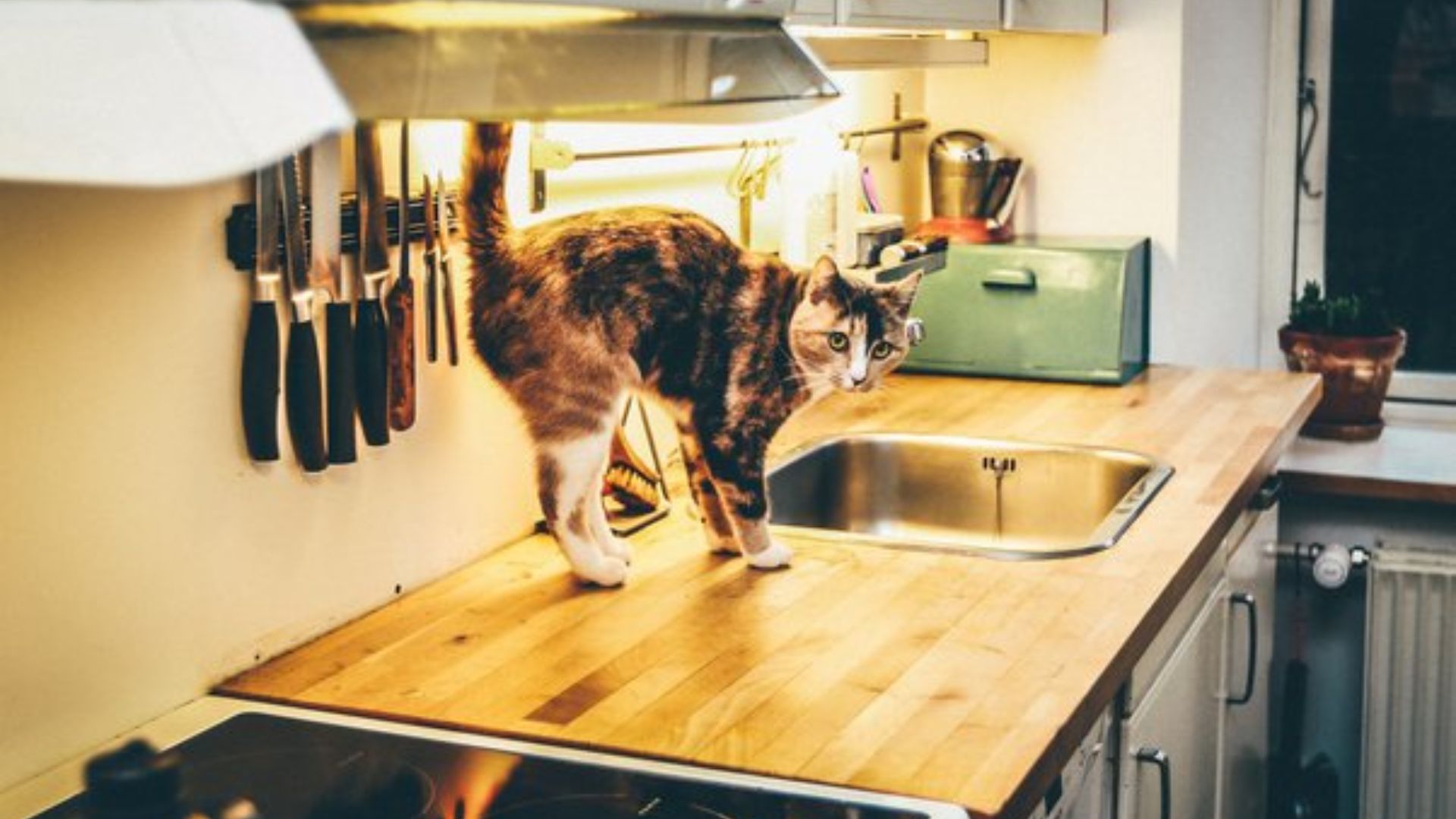
How can you train a cat to not bite or scratch ?
To train a cat not to bite or scratch, there are several methods you can try. One method is to use the hand clapping method. When your cat bites or scratches, clap your hands and say “NO!” firmly.
This will startle the cat and help them associate the negative behaviour with the consequence. Avoid shouting at your cat or clapping directly at them, as this may scare them. After disciplining them, do not begin cuddling and petting them right away.
Instead, ignore the cat for at least 5-10 minutes so they understand that they are being ignored due to their behaviour. Do not feed or pet the cat until they have calmed down, as this may reinforce the negative behaviour.
Another method is to redirect the cat’s attention to an appropriate toy or activity. If your cat is biting or scratching at you, redirect them to a catnip toy or an interactive toy that they can bite or scratch instead. This will help them associate positive behaviour with the toy and negative behaviour with biting or scratching you.
It is also important to establish boundaries and establish hands as a petting and carrying tool only. Do not use your hands as toys or roughhouse with them, as this can teach your cat that hands are for play and not just for petting.
Additionally, it is important to discourage your kitten from biting at your hands by redirecting them to an appropriate toy instead. Do not use your hands to tussle or wrestle with your kitten, as this can teach them that biting and scratching are acceptable behaviours.
Finally, it is important to understand why your cat is biting or scratching. Aggression can be a sign of fear, pain, or discomfort. If your cat is exhibiting aggressive behaviour, it is important to consult with a veterinarian to rule out any underlying medical conditions. With patience, consistency, and positive reinforcement, you can help train your cat not to bite or scratch.
Some common reasons why cats bite or scratch
Cats may bite or scratch for various reasons, including fear, anxiety, petting and biting syndrome, frustration, inappropriate play, social pressures, illness, or pain. Love bites are a common form of affectionate behaviour, while fear or anxiety can cause cats to bite defensively.
Petting and biting syndrome occurs when cats become conflicted between being petted and keeping their guard up, leading to biting. Frustration can also cause cats to bite, especially if their attempts to communicate are not acknowledged.
Inappropriate play, especially in young cats, can lead to biting and scratching, so it is important to discourage using fingers or feet as play toys.
Social pressures, such as the introduction of a new cat, can also cause aggressive behaviour. Illness or pain can also cause cats to bite, so it is important to schedule a vet appointment if your cat is exhibiting new or unusual behaviour.
Mistakes people make when trying to prevent cats from biting or scratching
Some common mistakes people make when trying to prevent cats from biting or scratching include:
1. Using hands as toys: Using hands as toys or roughhousing with cats can teach them that hands are for play, which can lead to biting and scratching.
2. Ignoring body language: Ignoring a cat’s body language, such as narrowed eyes and ears pulled back, can lead to overstimulation and aggressive behaviour.
3. Petting for too long: Petting a cat for too long or in sensitive areas, such as the belly or base of the tail, can lead to overstimulation and aggressive behaviour.
4. Not addressing medical causes: Ignoring medical causes, such as undetected wounds, hormonal imbalances, or neurological conditions, can lead to persistent biting and scratching behaviour.
5. Using punishment-based methods: Using punishment-based methods, such as water sprays or loud noises, can increase a cat’s anxiety levels and worsen the behaviour.
6. Not providing appropriate outlets for energy: Ignoring a cat’s need for play and exercise can lead to predatory playfulness and redirected aggression.
7. Not addressing territorial threats: Ignoring territorial threats, such as the presence of stray cats or new pets, can lead to spraying urine indoors.
8. Not addressing fear or anxiety: Ignoring a cat’s fear or anxiety can lead to defensive behaviour and aggression.
9. Not addressing underlying health issues: Ignoring underlying health issues can lead to persistent biting and scratching behaviour.
10. Not providing appropriate scratching surfaces: Ignoring a cat’s need to scratch can lead to scratching on furniture or other inappropriate surfaces.
11. Not addressing behavioural issues in a timely manner: Ignoring behavioural issues can lead to worsening behaviour and potential abandonment or surrender to shelters.
12. Not providing a calm and settled atmosphere: Ignoring a cat’s need for a calm and settled atmosphere can lead to anxiety and aggressive behaviour.
13. Not addressing age-related needs: Ignoring a cat’s age-related needs, such as gentler handling for older cats, can lead to biting and scratching behaviour.
14. Not addressing fear or anxiety in a timely manner: Ignoring a cat’s fear or anxiety can lead to defensive behaviour and aggression.
15. Not addressing underlying medical conditions: Ignoring underlying medical conditions can lead to persistent biting and scratching behaviour.
16. Not addressing territorial threats: Ignoring territorial threats, such as the presence of stray cats or new pets, can lead to spraying urine indoors.
17. Not providing appropriate scratching surfaces: Ignoring a cat’s need to scratch can lead to scratching on furniture or other inappropriate surfaces.
18. Not addressing behavioural issues in a timely manner: Ignoring behavioural issues can lead to worsening behaviour and potential abandonment or surrender to shelters.
19. Not providing a calm and settled atmosphere: Ignoring a cat’s need for a calm and settled atmosphere can lead to anxiety and aggressive behaviour.
20. Not addressing age-related needs: Ignoring a cat’s age-related needs, such as gentler handling for older cats, can lead to biting and scratching behaviour.


